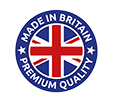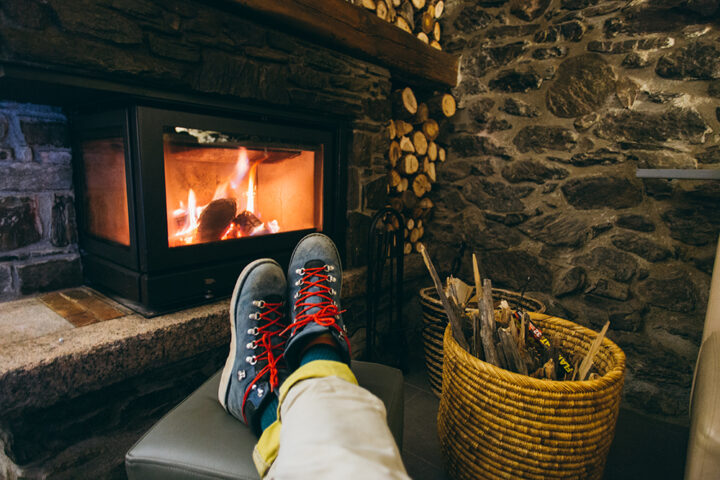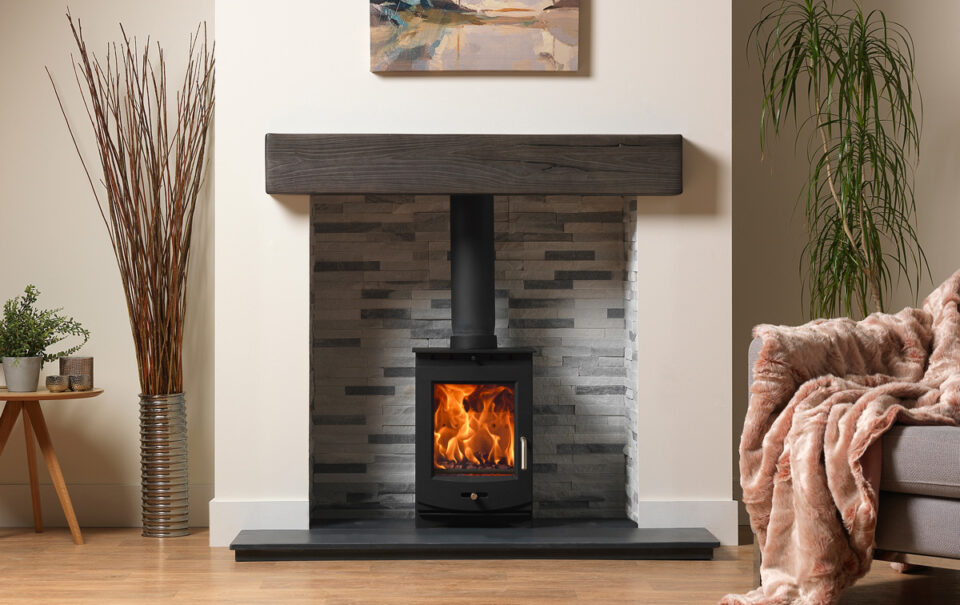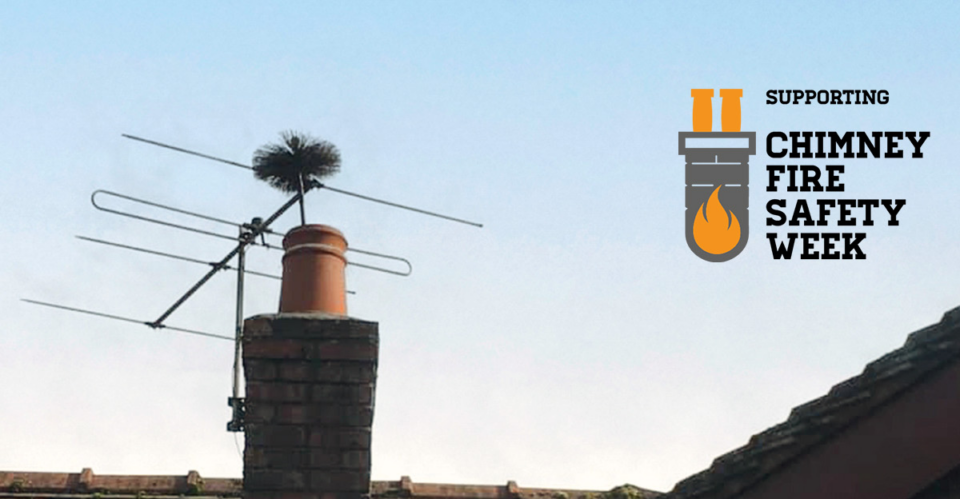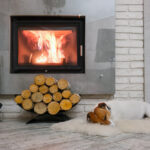
Why it is so important to burn the right fuel!
March 1, 2024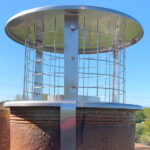
Why would I need a Chimney Cowl?
May 3, 2024If you are installing a wood burning stove, you will need to have a plate above the stove to block off the bottom of your chimney.
This plate must be made of a solid, non-combustible material. These are often referred to as a closure or register plates, but there is a difference between the two.
What’s the difference between register and closure plates?
A register plate is used to seal the base of a chimney cavity when you do not have a chimney flue liner in your chimney. Whereas, a closure plate is used when you do have a chimney flue liner in your chimney.
What is a register plate?
A register plate is a flat metal sheet that closes off the base of a chimney. It’s put in place when you are installing a stove within an existing fireplace.
A register plate should be used when your chimney does not have a chimney flue liner. If your stove is venting directly into the chimney cavity, you will need to install a register plate to prevent smoke fumes and other gasses such as carbon monoxide, from getting into your room. It must form a tight seal around the base of the chimney cavity and have an access hatch or door to enable the chimney to be swept.
A quality register plate will be made of galvanised or stainless steel and will be at least 2mm thick. Register plates are robustly built, this is because they need to withstand falling debris such as bricks, roof tiles, or even birds and other small animals.
Image below: register plate
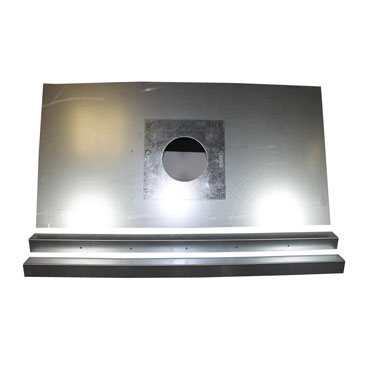
What is a closure plate?
A closure plate also closes off the base of a chimney, but it serves a different purpose. Like a register plate, it’s put in place when installing a stove within an existing fireplace.
However, a closure plate is used when you have a chimney flue liner connected to your stove. This means that your stove is venting its smoke and combustibles into the flue liner, and as such there’s no risk that smoke can descend back into your room.
In this instance, a closure plate is more for aesthetic reasons, it is intended to seal up the base of the chimney cavity where the flue goes up into the chimney. Although, a closure plate does also help to prevent heat from escaping up the chimney too.
Closure plates tend to be more common than register plates as most people choose to use a stove with a chimney flue liner.
Closure plates can be made from any non-combustible material. Many people choose to make their closure plates from cement board – made from a combination of cement and reinforcing fibres. Cement board can be painted with acrylic paint, so will help your fireplace blend in with the rest of your room.
Unlike register plates, closure plates do not require access hatches or doors. This is because with a chimney flue liner in place, you won’t need your chimney to be swept.
Do you have to use a register plate or a closure plate?
If you are going to be using your stove without a chimney flue liner, then under the Building Regulations you have an obligation to fit an appropriate register plate.
Should you be intending to use your stove with a chimney flue liner, then you do not need to use a closure plate. However many people choose to do so as a closure plate will prevent soot and other debris from falling into your room, it will also prevent heat from escaping up the chimney, and it generally looks neater and tidier.

